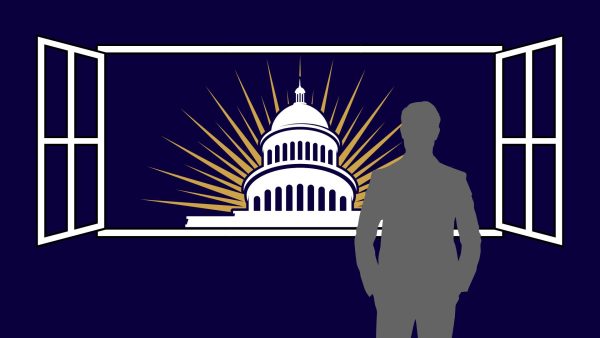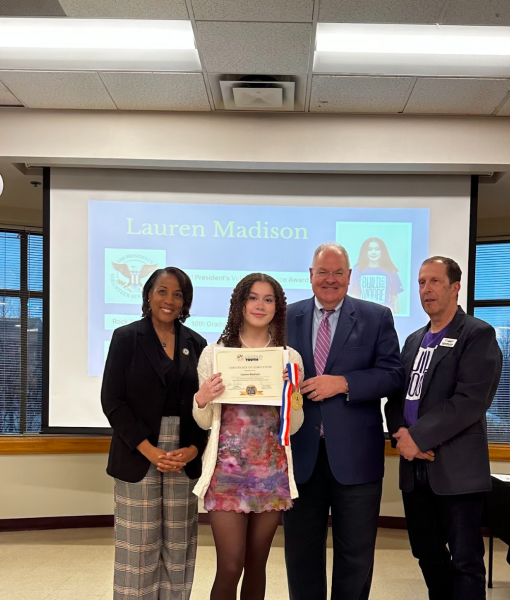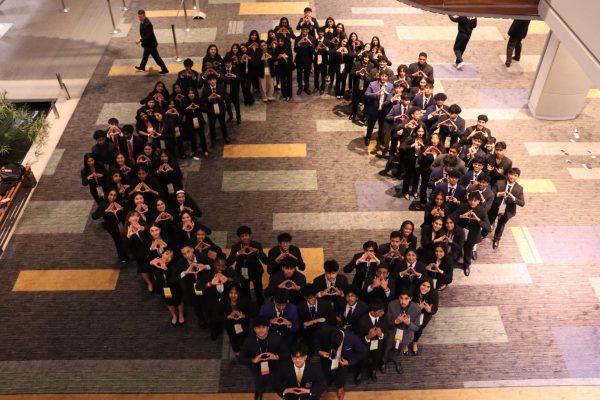The Past, Present, and Future of High School
Five to ten years ago, the high school environment was drastically different from what it is today; is this divergence worth the pressure on students?
Comparing statistics of Loudoun County and Rock Ridge students over five years. This includes total student dropouts, number of students enrolled in institutions of higher education after graduation, graduates with a standard and advanced diploma, and graduation rates in Loudoun County. It also includes the number of students taking AP/DE classes at Rock Ridge.
February 22, 2021
Over the years, high school students have experienced very different versions of high school. Compared to about five to ten years ago, the strain of academics on high school students were minimal, but gradually this strain increased. This is explored with the experiences of former high school students, and present day high school students. Although standardized testing is not as prevalent as it used to be, as the College Board makes changes to the SAT, students are now focused on participating in as many extracurriculars as possible and taking a great amount of college level classes in order to impress universities and to represent themselves as competitive students in order to gain scholarships they are applying for.
THE PAST AND PRESENT
The high school environment has changed in the last five to ten years. Students in each year of high school are presented with new, unique challenges, whether they are at the beginning of their high school career, still learning the tricks and tips of high school, or nearing the end, burdened by the stress of the college application process. Students feel pressured to take as many higher level courses as they can by spending an excessive amount of time on academics, joining school clubs, and signing up for other extracurricular activities. They also have to find a way to acquire money for their post-graduate plans, including signing up for financial aid, participating in after-school jobs, and applying for scholarships. While it is possible for students to handle this pressure, just how much of it is it possible to take?
The number of AP and DE students has increased drastically during the last five years. According to the Virginia Department of Education, 469 more students enrolled in one or more AP classes over five years, with 201 students enrolled in 2014-15 and 670 in 2019-2020. This means that in five short years, 469 students decided to take an advanced placement course, which, if completed successfully, could be used to satisfy a course requirement in college. Comparably, 489 more LCPS students decided to enroll in one or more DE classes from 2014-2015 to 2019-2020. This demonstrates that more and more students are enrolling in more difficult classes every year. It can be argued that this change is positive, but do students have time to focus on themselves when taking these advanced classes?
AP and DE classes are, by definition, more challenging and require more time to be successful than normal honors and academic courses. Not to mention, if one wishes to take an AP exam, to earn college credit, they are typically $95 each, unless you are eligible for financial need, in which case a $33 reduction is provided. This is a common burden for AP students to carry, and while some are easily able to pay off their sum, others have to find ways to pay for their education by getting a job.
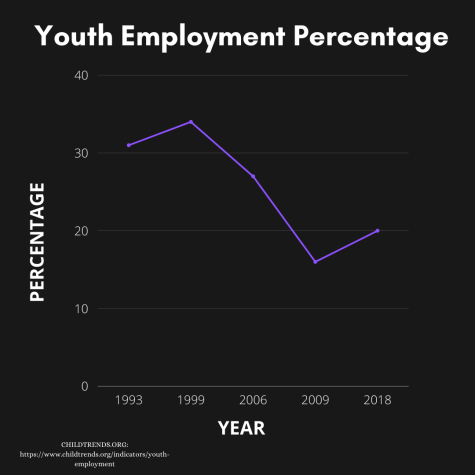
Junior Sri Gavili takes four AP classes and one DE class. Gavili, like others, thinks about her grades and GPA everyday. “I feel like it’s very competitive at Rock Ridge, [and] there’s a lot of pressure on the kids,” Gavili said. She spends around 45 minutes a day for each of her AP and DE classes, and plans on taking three AP exams in the spring. This means Gavili will have to pay a grand $285 for her AP exams.
While students today are focused more on academics, in the past, there was less importance on academics, students had a balance of physical education and academics. Math teacher Christopher Schamus graduated from Stone Bridge High School, where at the time the environment focused more towards sports than academics. “It was still very competitive with an almost perfect SOL passing rate every year. We still had students getting accepted into Ivy League universities, [and] many graduated [high school] and attended UVA, Tech, etc.,” Schamus said. “With that said though, there wasn’t as much pressure on the kids as I’ve noticed here at Rock Ridge.”
Currently, many students have a part-time job to support themselves and their families. Managing a job along with other responsibilities at home and school increases the workload for students. Students who are aiming to get into top universities must start saving money in high school to pay for their college experience. The percentage of high school students who have part time jobs has increased from 16 to 18 percent in the past ten years. Many students rely on their earnings from their part-time jobs to help them pay for college and the numerous fees required throughout high school for clubs, activites, and sports. “I work to save money for college, but I also allow myself to spend some on things that make me happy,” junior Sarah Morkos said.
The free application for federal student aid available to students is currently a main source of payment for undergraduate education. “I anticipate that a reasonable amount of my tuition for college will come from the scholarships that I am currently applying for, help from FAFSA, and college savings,” Morkos said. While federal aid through FAFSA and scholarships are available for all students to apply, aid is not guaranteed in the very competitive world of scholarships and students that do receive aid, will not receive enough to cover all of their college expenses.
Although scholarships are offered to all students, the average scholarship received by students in the U.S. in 2020 was only $7,400 for all four years of their undergraduate studies. Not only do scholarships provide small sums of money, but they can also be difficult to receive. Only 0.2% of students receive $25,000 or more scholarships per year. “For most scholarships, it is intimidating knowing that kids all around the U.S. who are just as qualified, if not more, are applying for the same thing you are applying for,” Morkos said. In addition to these challenges, the tuition for an undergraduate degree has been on the rise, increasing 37% since 2008.
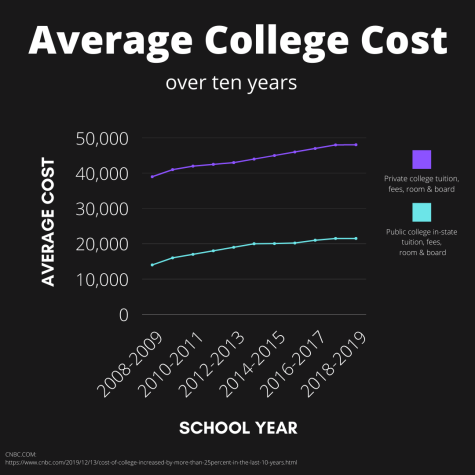
THE FUTURE
The pandemic has added a massive load to students’ lives with uncertainty of the College Board. Plans for the future are already taking place among the college board, and colleges across the country. Recently, due to the pandemic, the College Board has permanently canceled the SAT subject tests and the previously optional SAT essay in the U.S. International students will still be able to take the SAT subject tests up until June 2021 because of “a wider variety of purposes.” Similarly students who are still registered to take the SAT with the essay portion will be able to until June 2021, but students who choose to opt out of it can do so and receive a refund. The SAT essay will not be required after June 2021, however according to the College Board in some states it will still be available as a part of “SAT school day administrations.” In a statement, the College Board said, “As students and colleges adapt to new realities and changes to the college admissions process, the College Board is making sure our programs adapt with them. We’re making some changes to reduce demands on students.”
According to a report from the National Association for College Admission Counseling, more than half of four year colleges and universities have made admission tests optional. This comprises some of the most popular in-state universities, including the University of Virginia and Virginia Tech.
While the College Board’s actions make it possible for students to get into their dream schools without scoring a high SAT score, the cancellation of standardized tests make it more difficult for students to be recognized by colleges and universities. From about five to ten years ago, students have to do more to stand out and be unique in order to get into colleges. “You really have to dig deeper to include details about yourself that will make you stand out from the other applicants,” Morkos said. Being proficient in a sport or an instrument and having top-notch grades and hundreds of volunteering hours is not sufficient to stand out anymore.
Today, the college process is time consuming and tedious. As a junior, Gavili is preparing to start the college application process. “[I feel like] I have no one this year to help us,” Gavili said regarding the lack of advice from teachers about the application process. “They send some emails, but they don’t really help.”
Schamus compares the college application process to what it was like in his high school. “I think getting into college was a little easier than I’m seeing today but with that said, we were still in Loudoun County, where it was more competitive than most other areas in our country,” Schamus said.
Loudoun County students have experienced a progressive growth of difficulty concerning their high school careers, accompanied by AP/DE classes, extracurricular activities, and all the additional pressures that come along with being a high school student. These pressures are visible through the increased number of students who are dropping out of high school seen in the infographic. With all of the changes and plans in the course of the past into the future it is difficult to remember that students should enjoy their years of high school before they continue on with their future plans. “High school is a time to learn more about who you are, what you plan on accomplishing in the future but most importantly, still being a kid. BE A KID!,” Schamus said, “Don’t stress and overload yourself with work. Life does get harder after you graduate, but if you’ve created the support system around you in high school [family, friends, teachers, etc.], then you’ll be just fine!”

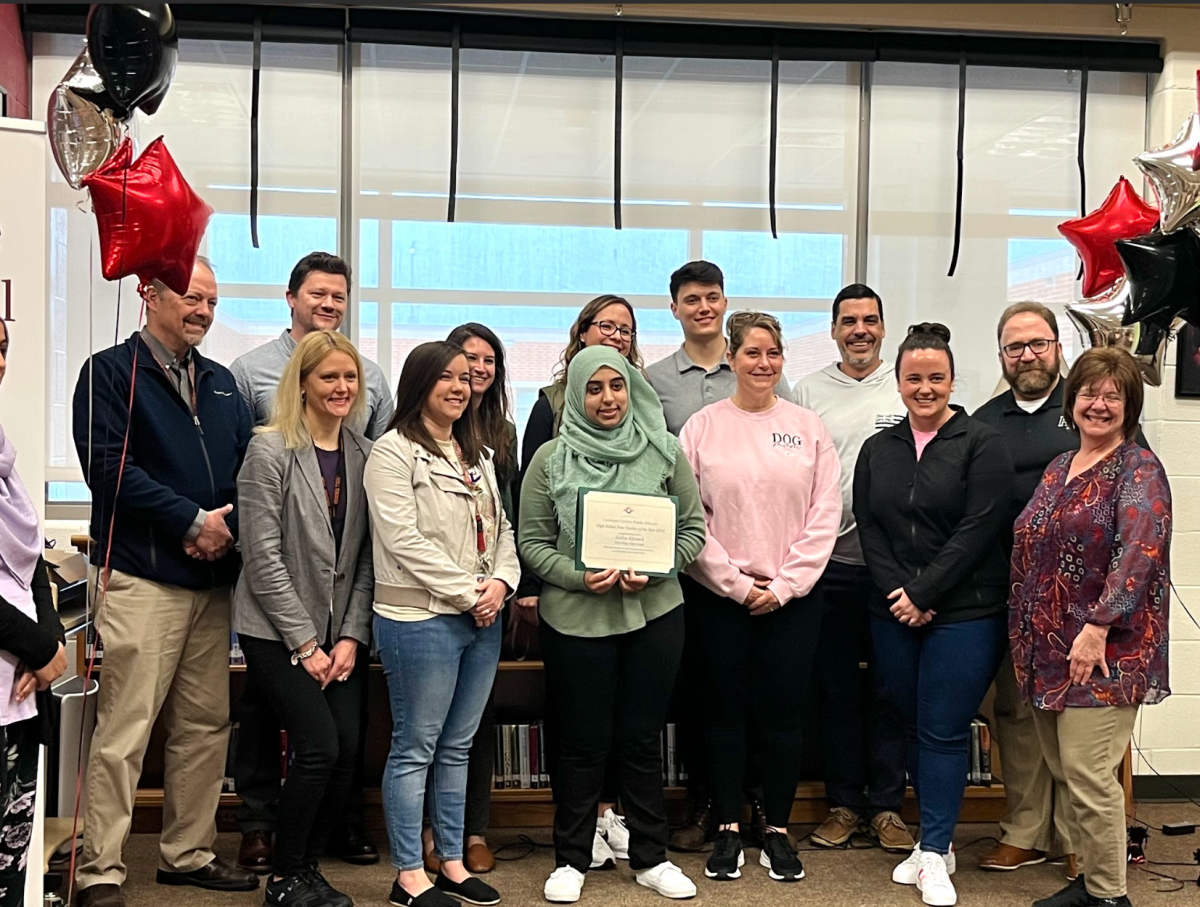
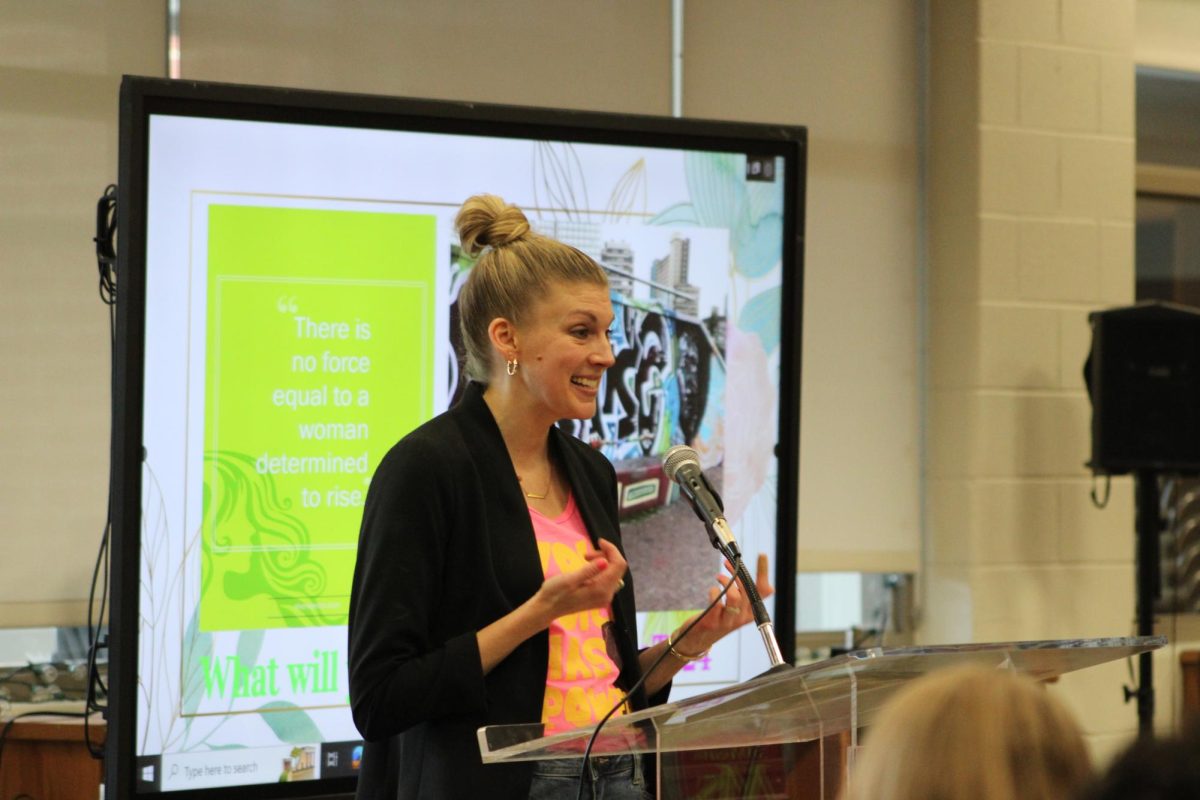
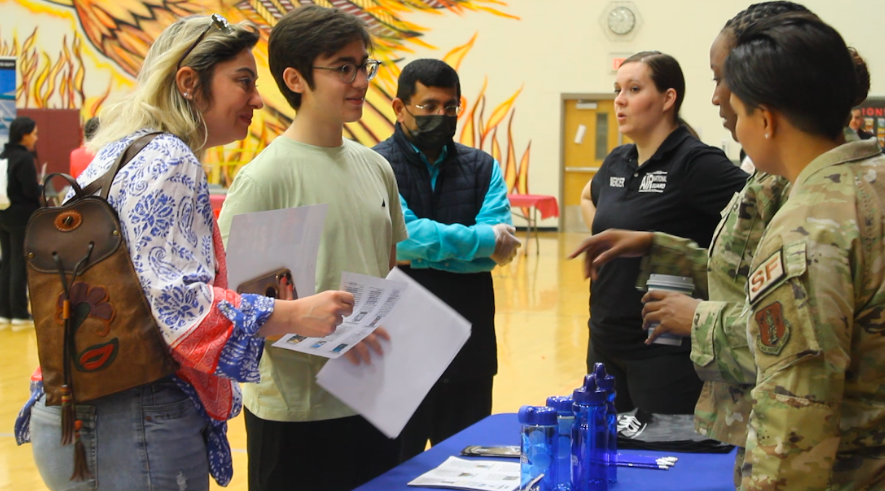
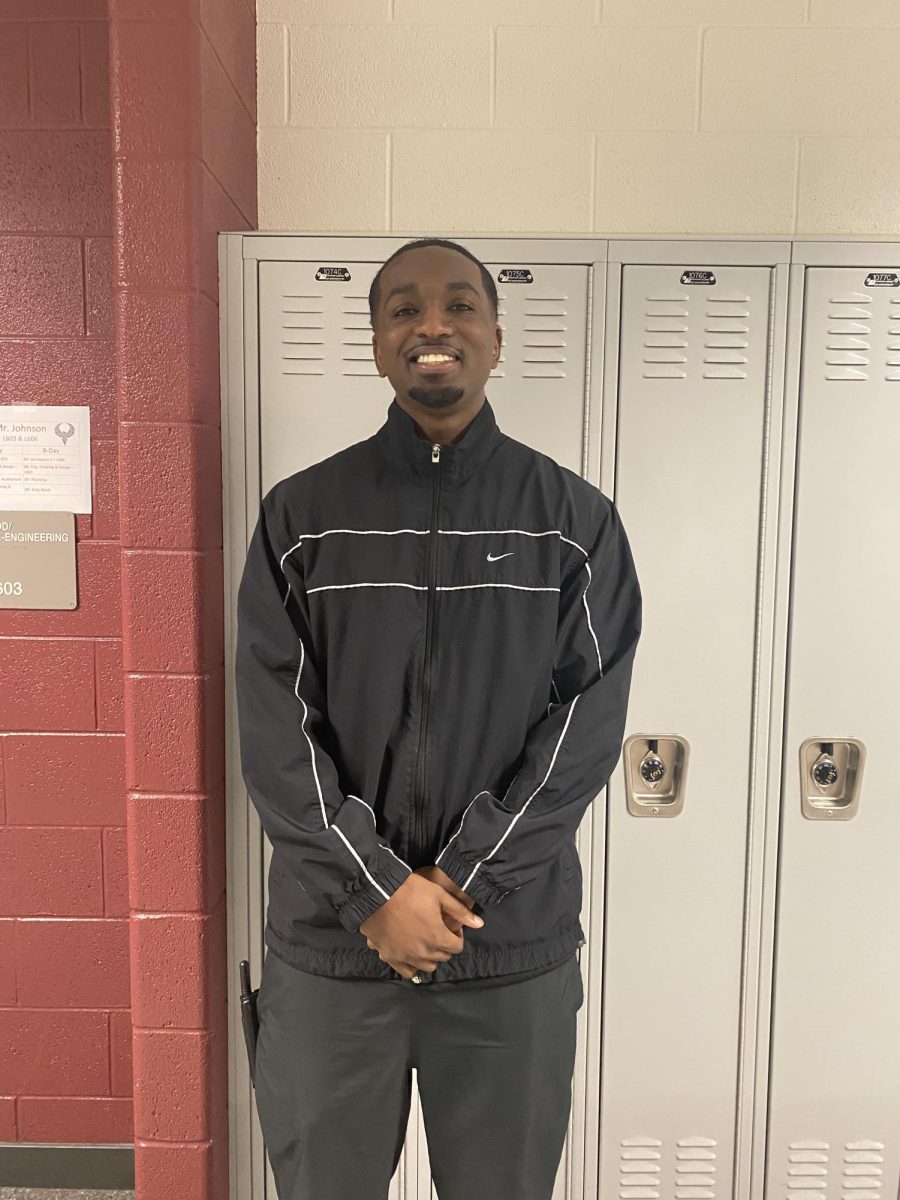
![Standing center stage, senior Ananya Akula conducts the Phoenix Chorale. “[Conducting and teaching] is really fun,” Akula said. “Music education is what I want to do.” On the day of the choir assessment, Akula found out that she received the President’s Music Scholarship – a full ride to the University of Miami Frost School of Music.](https://theblazerrhs.com/wp-content/uploads/2024/04/ananya-1200x800.jpg)

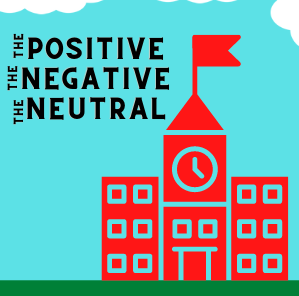

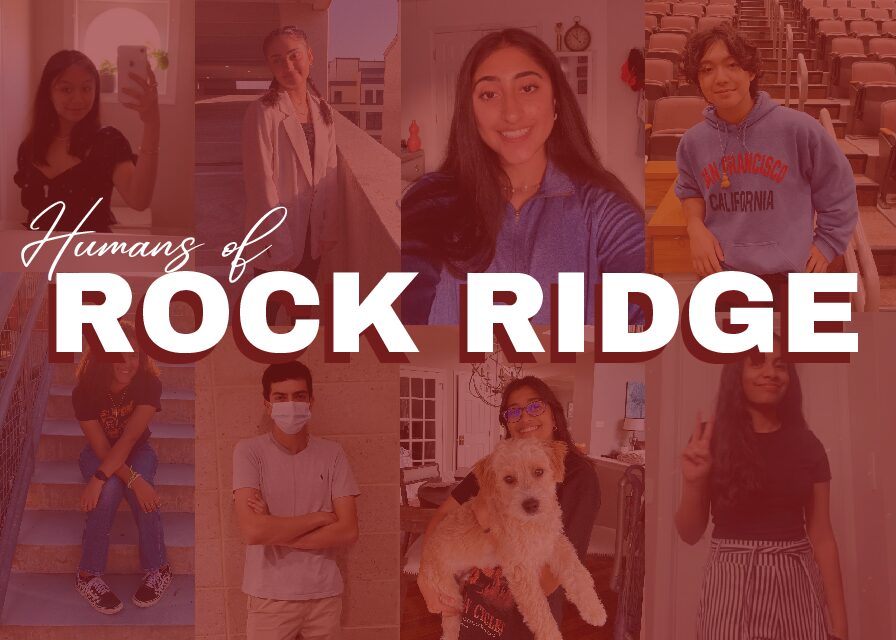


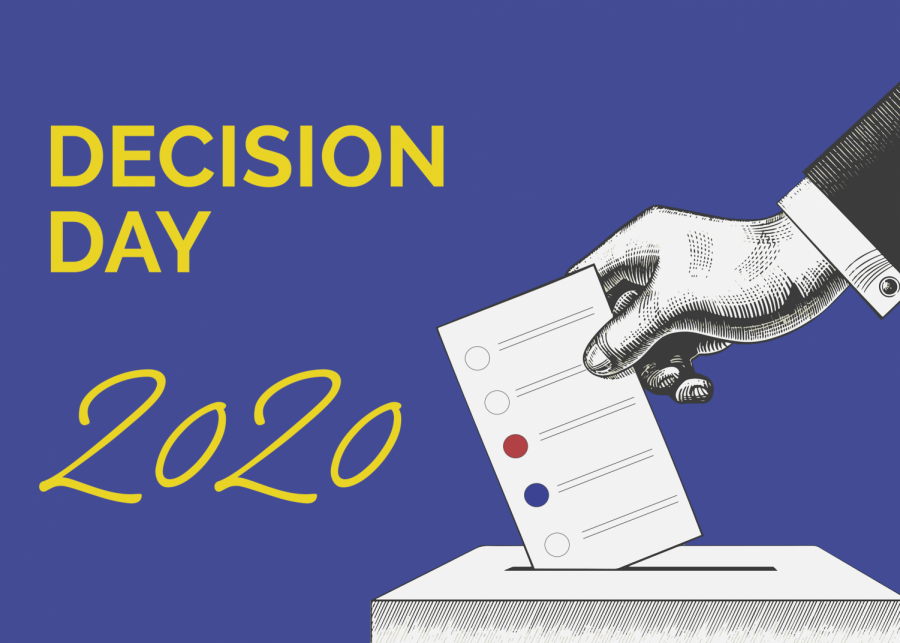


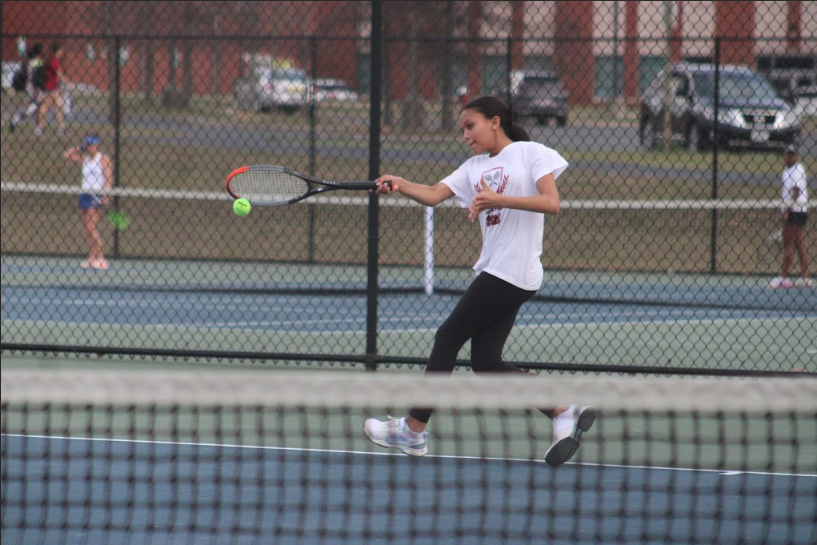
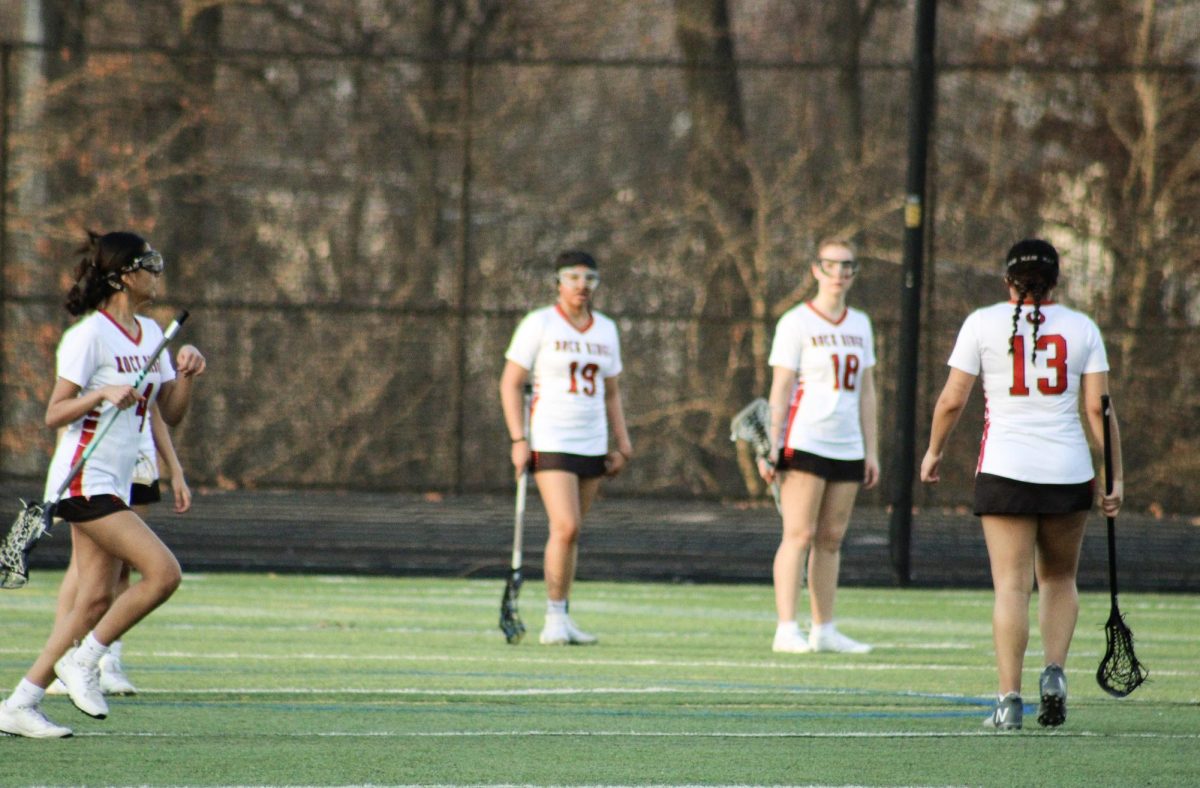
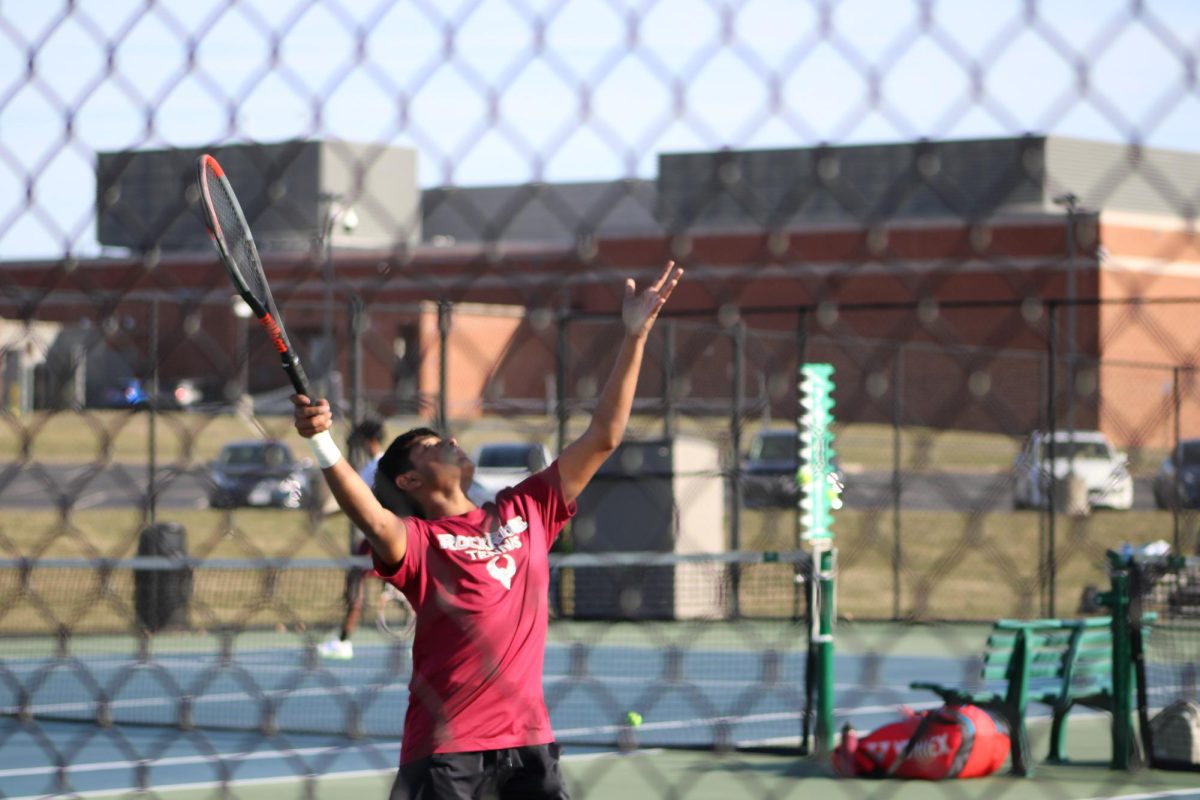
![With the energy and effort the Bolts were bringing to the game, the Phoenix had to step up and match them to make it through their first game of the season. Many of the girls on the team, including freshman Nazly Rostom, have been playing soccer since their childhood and have grown a love for the sport as a result. “It was fun to see how we actually played in a [real] game,” Rostom said. “Even though the outcome was not what we were hoping for, I’m still happy we got to play together.”](https://theblazerrhs.com/wp-content/uploads/2024/04/DSC_0154-1200x800.jpg)
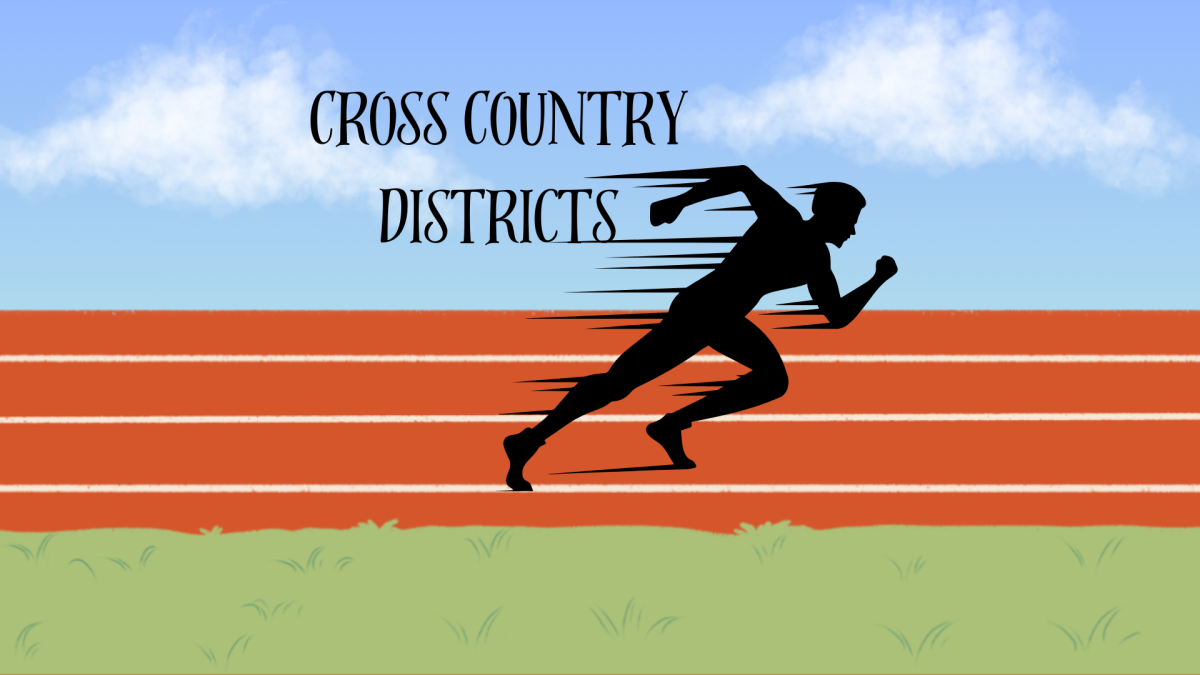
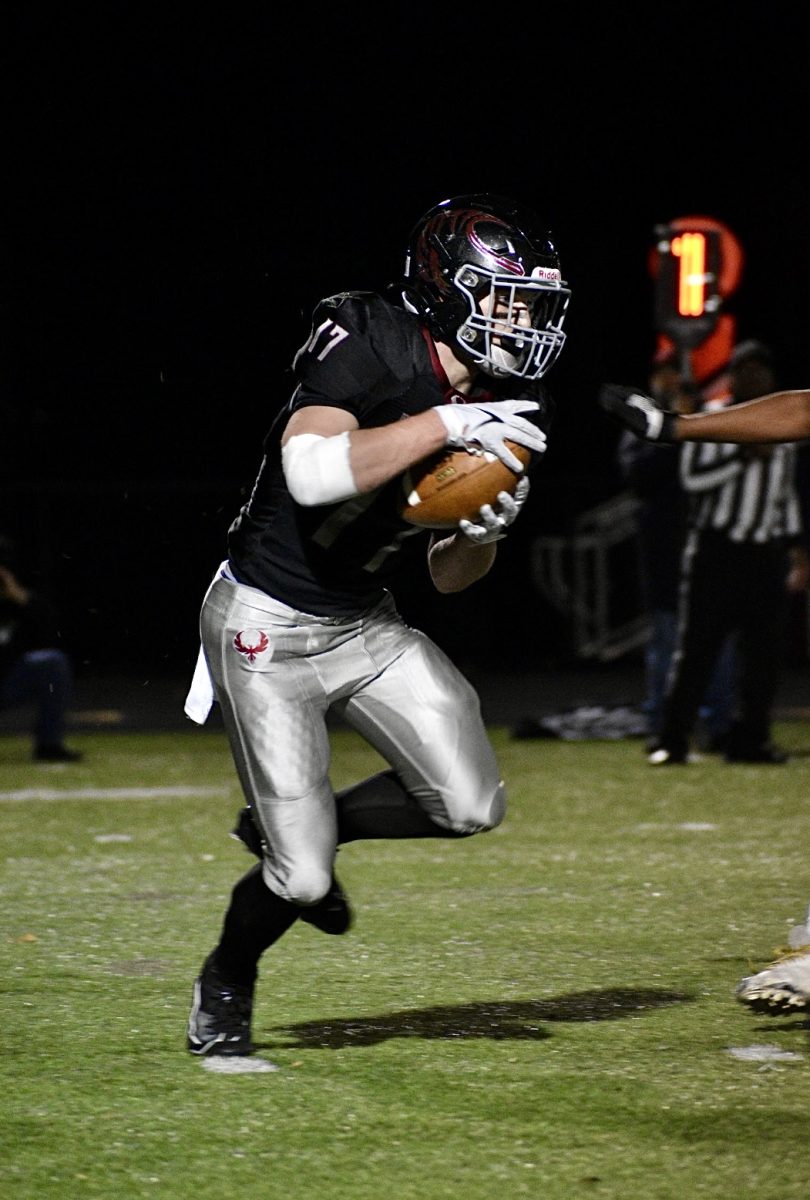
![Held up by a group of cheerleaders, flyer sophomore Leyu Yonas poses as part of a stunt, also supported by flyer junior Shayne Mitchell behind her. (Left) Prior to the pink out football game on Oct. 13, the athletes practiced in the aux gym from 5 p.m. to 6:30 p.m. (Right) On Oct. 19, the cheerleaders competed in their District Championships at Woodgrove High School. “We definitely put all our effort on the mat [at Districts], and it showed,” Mitchell said. Left: Photo by Nadia Shirr. Right: Photo by Steve Prakope via Victor O’Neill Studios.](https://theblazerrhs.com/wp-content/uploads/2023/11/feature-image-1200x823.png)
![Sophomore Xavier Smith (6), the Phoenix quarterback, runs the ball as his teammates help hold up the defense. “My [offensive] line collapses, so I just [have to run], and its a good way to get first downs because [Tuscarora’s] defense was really good,” Smith said.](https://theblazerrhs.com/wp-content/uploads/2023/11/IMG_5383-1200x897.jpg)
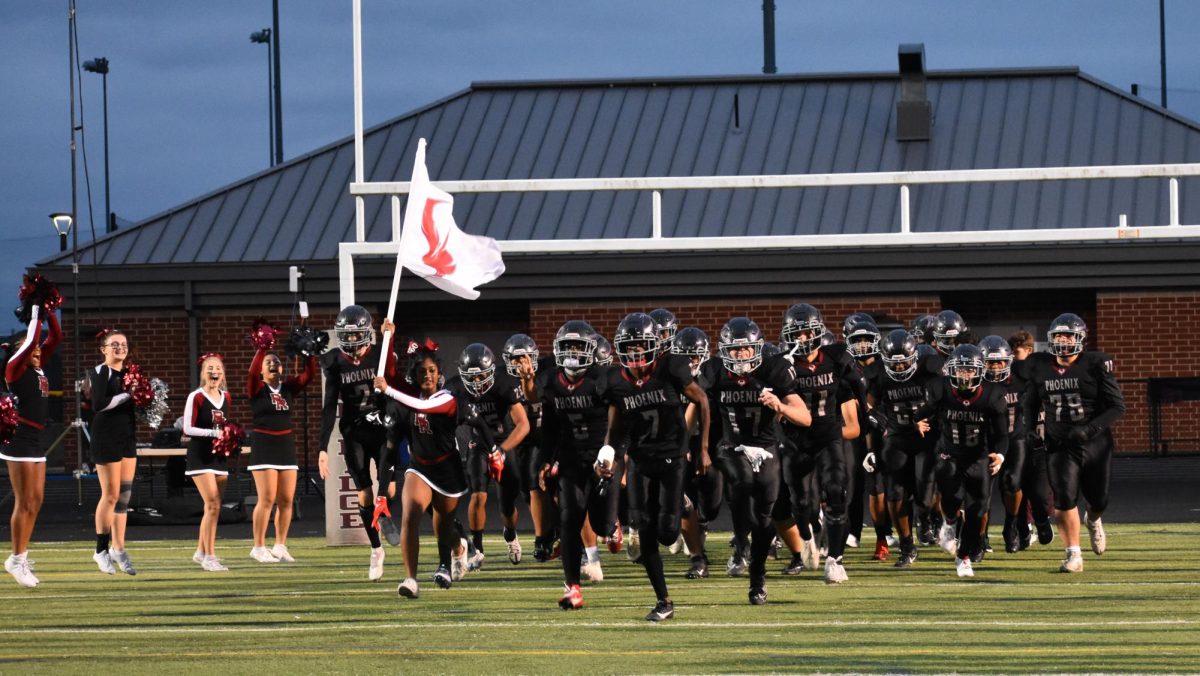
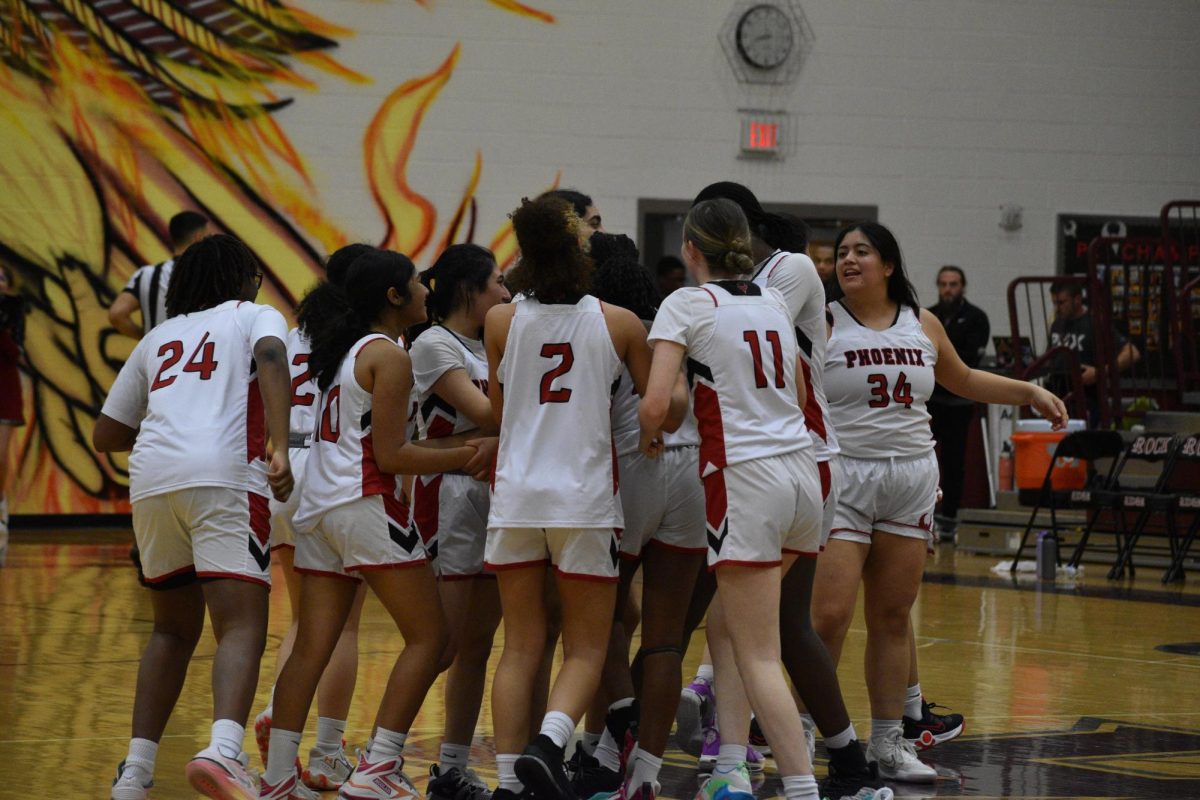
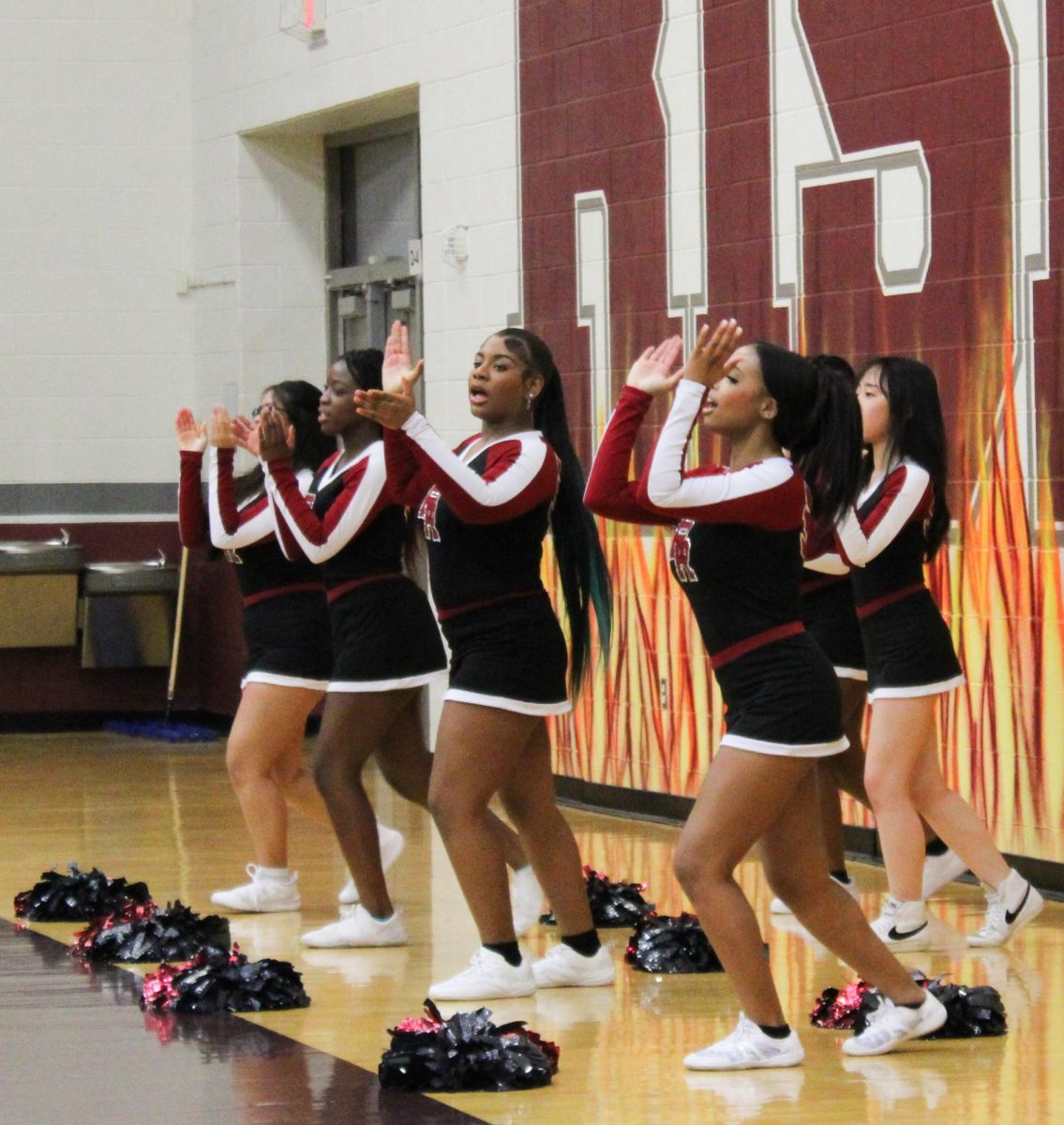
![As the referee throws the ball up for the tip-off, freshman Simone Diby leaps towards the ball to get it in Phoenix possession. Diby is a new member of the Phoenix girls basketball team, and despite it being a change, she finds it enjoyable. “It’s definitely a different experience if you’ve never played on a team, [but] I think it’s still fun.”](https://theblazerrhs.com/wp-content/uploads/2024/03/DSC_0057-1200x662.jpg)
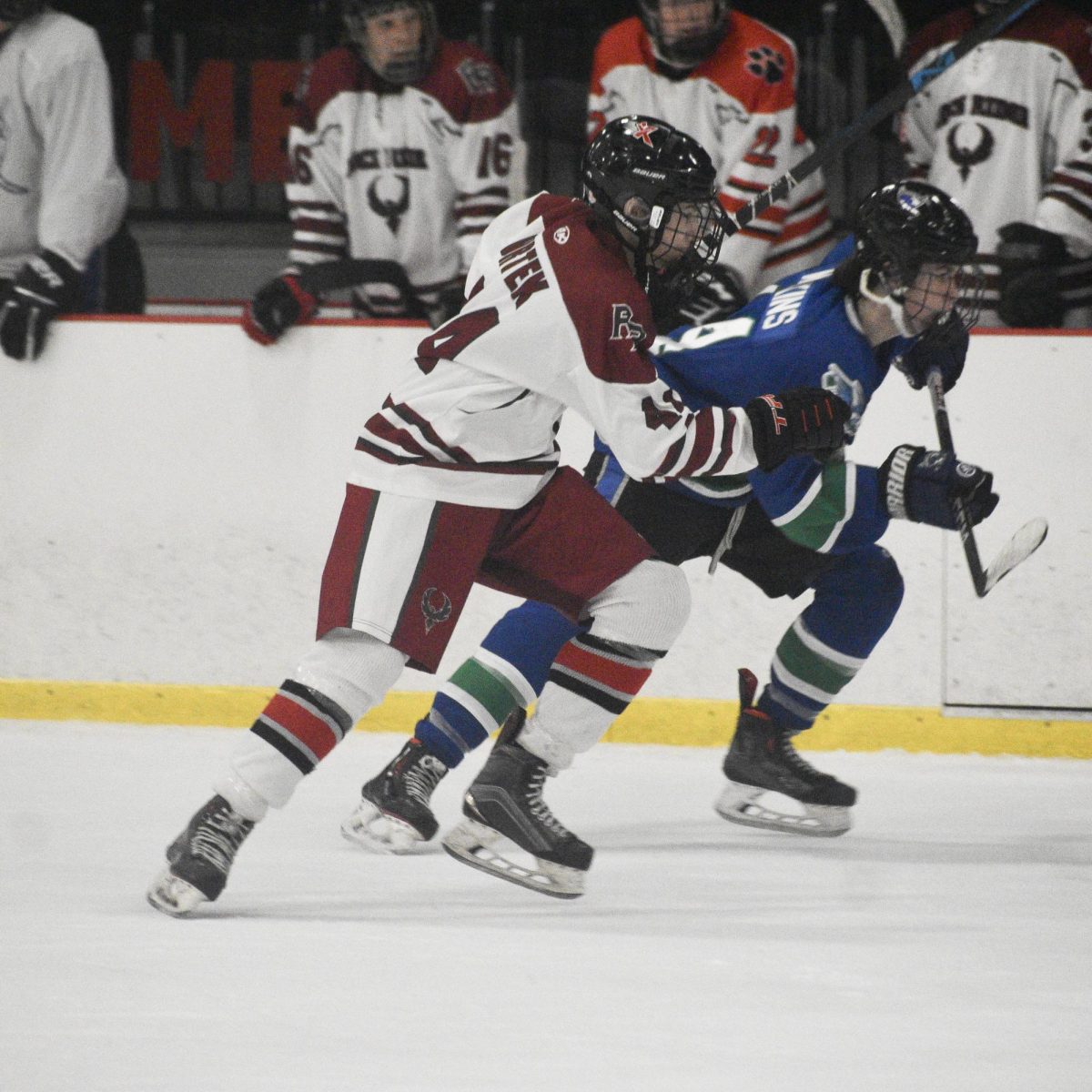
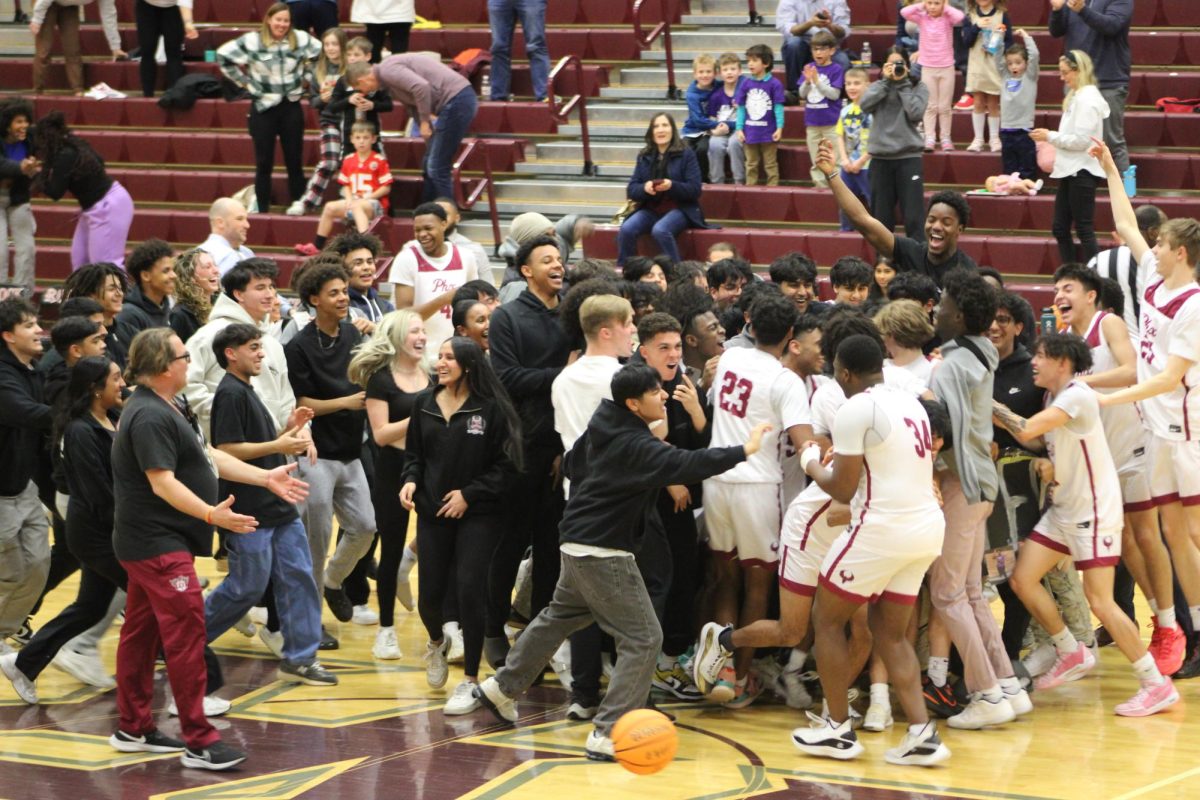






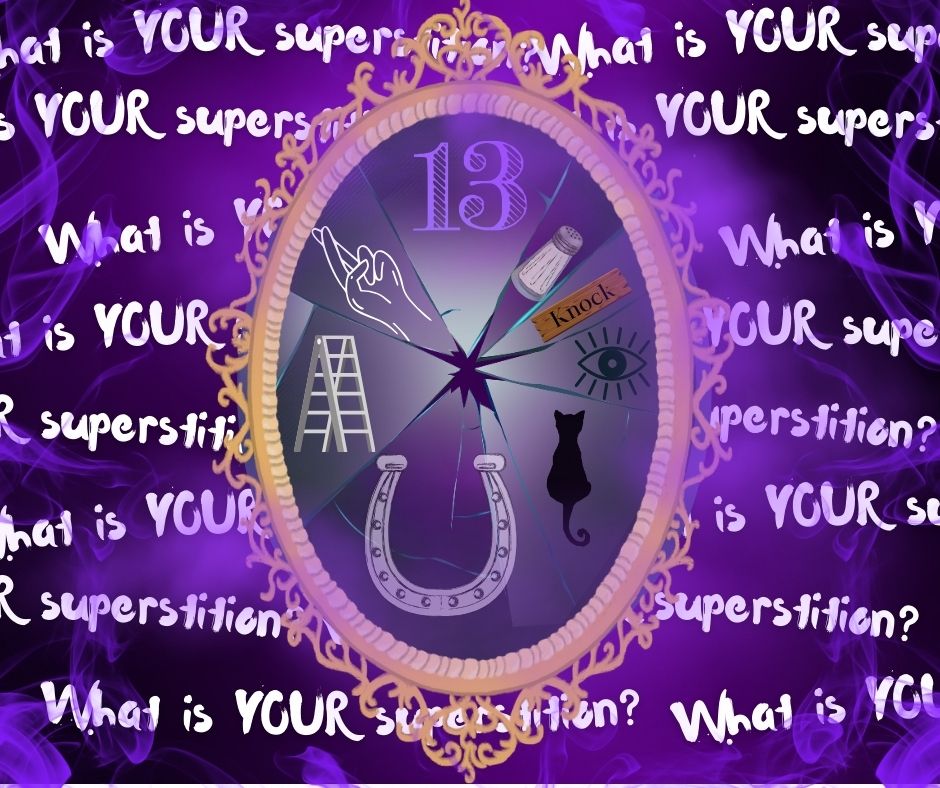


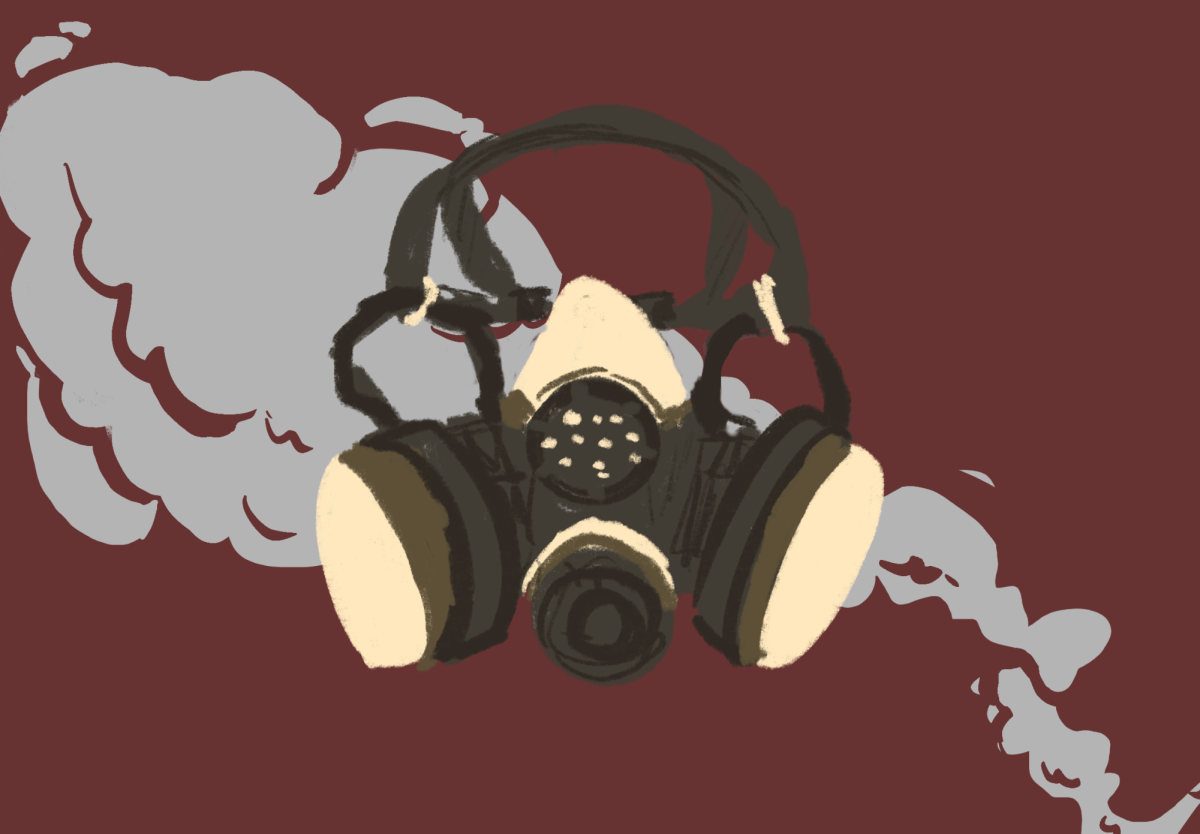


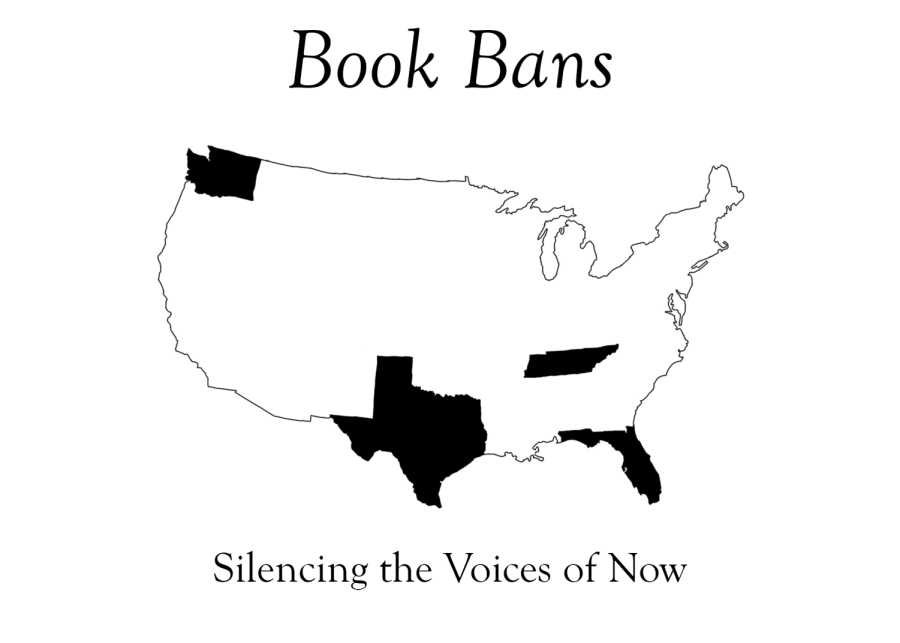
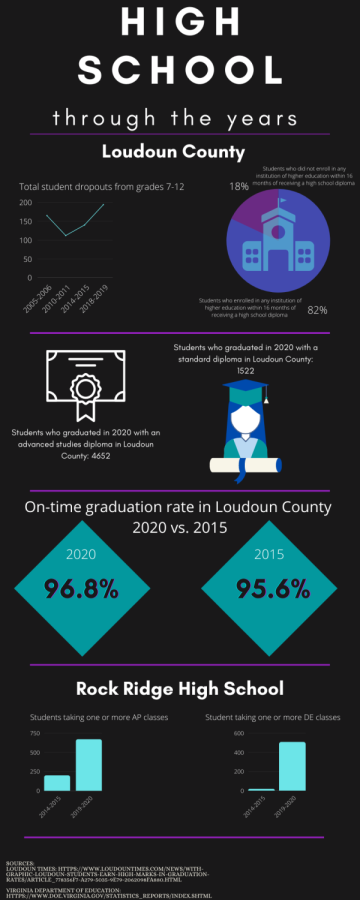
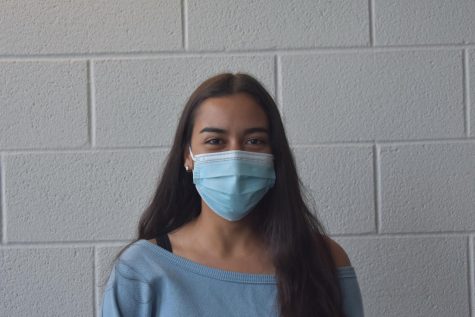
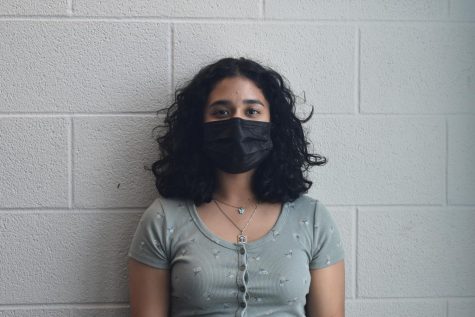
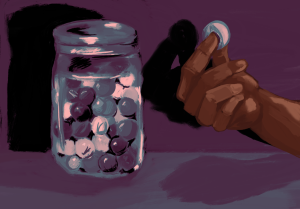
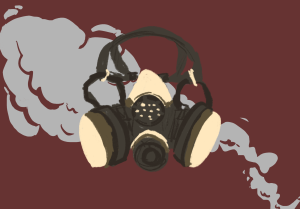





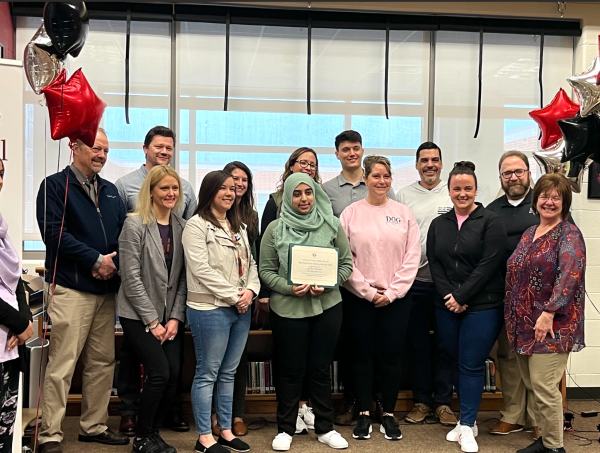
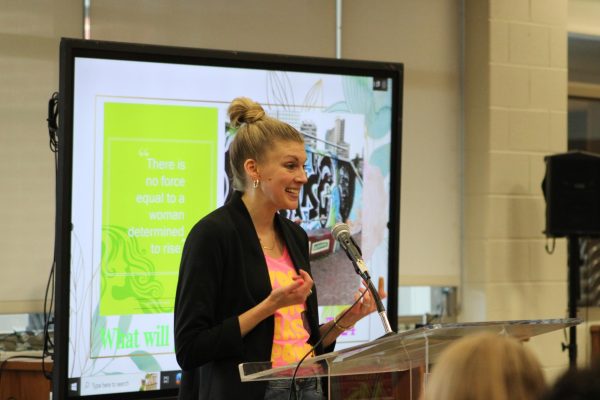
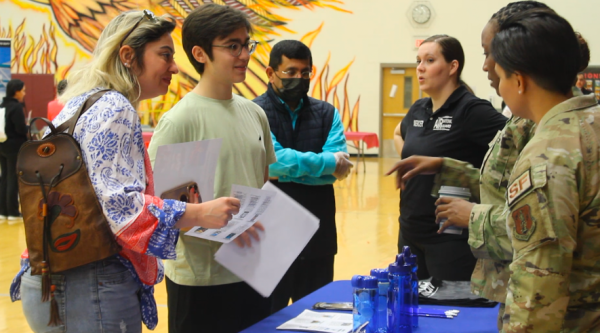
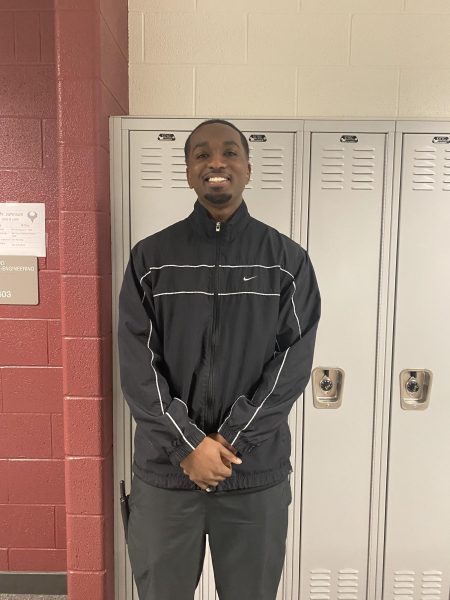
![Standing center stage, senior Ananya Akula conducts the Phoenix Chorale. “[Conducting and teaching] is really fun,” Akula said. “Music education is what I want to do.” On the day of the choir assessment, Akula found out that she received the President’s Music Scholarship – a full ride to the University of Miami Frost School of Music.](https://theblazerrhs.com/wp-content/uploads/2024/04/ananya-600x400.jpg)
![Senior Fatima Qaderi grew into the person she wanted to become when she was younger and continues to work towards growing more confident in using her voice when it matters. “I didnt get treated the way I wanted to be treated, and I realized that it wasnt just them treating me the wrong way, it was me treating me the wrong way,” Qaderi said. “I forced them to like to look at me in a way where Im someone who needs to be respected; they cant just disregard me, they cant just look over me because I have a different opinion, because Im a woman, because Im Afghan, because Im Muslim, or whatever. It just took going through different experiences to figure out how [I wanted to] be heard.” Photo courtesy of Fatima Qaderi.](https://theblazerrhs.com/wp-content/uploads/2024/04/IMG_3870-600x471.jpeg)
